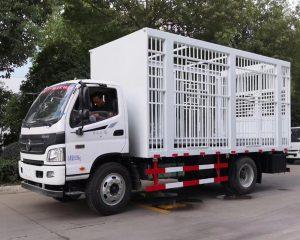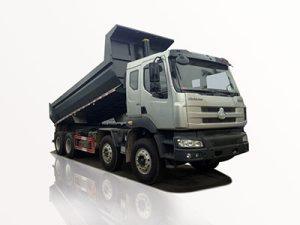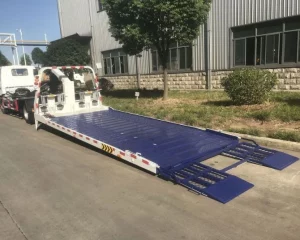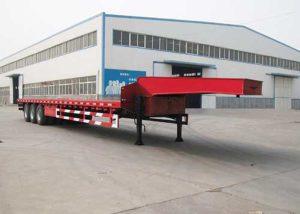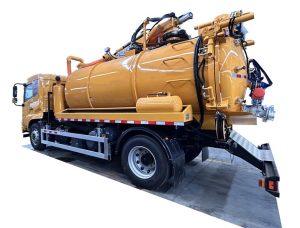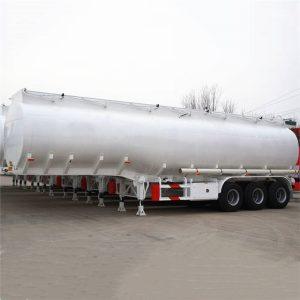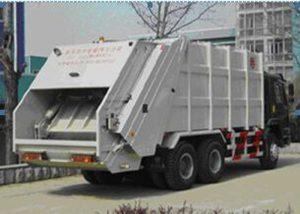Monday to Saturday - 8:00 -17:30
Understanding the Average Dump Truck Load: A Comprehensive Guide
When it comes to construction, landscaping, and other industrial projects, dump trucks play a crucial role in transporting materials. But how much can these versatile vehicles carry? In this article, we’ll explore the average dump truck load, factors influencing it, and practical examples. Whether you’re a contractor, a logistics manager, or simply curious, this comprehensive guide will cover everything you need to know about dump truck loads.
1. What is a Dump Truck?
A dump truck is a heavy-duty vehicle designed to transport and unload materials. They are commonly used in construction sites, road work, and landscaping projects due to their ability to carry substantial loads of dirt, gravel, sand, and other materials.
1.1 Types of Dump Trucks
There are several types of dump trucks, each serving different needs and industries:
- Standard Dump Trucks: Typically have an open-box design, ideal for carrying loose materials.
- Triaxle Dump Trucks: Feature three axles, allowing for heavier loads up to 20 tons.
- Super Dump Trucks: Can carry loads of up to 26 tons by adding an extra axle for stability and weight distribution.
- Side Dump Trucks: Unload to the side, useful for jobs where space is limited.
- Articulated Dump Trucks: Have a joint between the cab and the dump box, providing excellent maneuverability.
2. What is the Average Dump Truck Load?
The average dump truck load can vary significantly based on truck type, material, and regulations. Generally, standard dump trucks can carry between 10 to 14 cubic yards of material, equating to about 10 to 15 tons, depending on the density of the materials being transported.
2.1 Factors Influencing Dump Truck Capacity
Several factors can affect the load capacity of a dump truck:
- Truck Size and Configuration: Larger trucks can carry more weight and volume.
- Material Density: Heavier materials like gravel will reduce the volume that can be safely transported.
- Local Regulations: Most states and regions have weight limits for road safety that can affect how much a truck can carry legally.
- Load Distribution: Proper load distribution affects stability and the ability to transport at maximum capacity.
3. Common Materials Transported by Dump Trucks
Dump trucks are used to transport a variety of materials in various industries. Here are some of the most common:
3.1 Gravel
Gravel is one of the most frequently transported materials. An average load might weigh around 1,800 pounds per cubic yard, which means a truck could carry about 12 tons per load without exceeding weight limits.
3.2 Sand
Sand is lighter than gravel, weighing approximately 2,500 to 3,000 pounds per cubic yard. This allows standard dump trucks to carry upwards of 10 to 15 tons of sand.
3.3 Topsoil
Topsoil can be a critical material for landscaping and gardening. Its weight is similar to sand, and a standard dump truck load usually carries around 10 to 12 tons.
3.4 Construction Debris
Dump trucks also haul construction debris, such as broken concrete and wood. The weight can vary significantly, but they can carry up to the same limits as gravel and sand.
4. Calculating Load Capacity
Calculating the load capacity for a dump truck involves understanding the truck’s physical dimensions, the material to be transported, and local regulations. Here’s a simple formula:
| Material | Weight (lbs per cubic yard) | Volume (cubic yards) | Total Weight (tons) |
|---|---|---|---|
| Gravel | 1,800 | 12 | 10.8 |
| Sand | 2,500 | 12 | 15.0 |
| Topsoil | 2,000 | 12 | 12.0 |
5. Safety Tips for Loading and Unloading
To ensure safety while loading and unloading materials, keep the following tips in mind:
5.1 Load Distribution
Evenly distribute the load to maintain truck stability. Unbalanced loads can cause tipping or accidents.
5.2 Use Proper Equipment
Utilize ramps, hoists, or conveyers when unloading heavy materials. This reduces the risk of injury and damage.
5.3 Follow Local Laws
Always adhere to local regulations regarding weight limits and transportation rules to avoid legal issues.
6. Cost Considerations for Dump Truck Loads
The cost of hiring dump trucks or transporting materials varies based on several factors:
6.1 Transportation Fees
Most companies charge based on distance traveled and load size. Rates often range from $150 to $250 per load within a limited area.
6.2 Material Costs
The price of materials, like gravel or sand, fluctuates based on demand and market conditions. Include this in your project budget.
6.3 Labor Costs
Consider labor costs for loading, unloading, and project management, which can significantly impact the total expenses of your project.
7. Environmental Impact of Dump Truck Usage
Using dump trucks comes with environmental considerations, such as carbon emissions and road damage. Here are ways to minimize impact:
7.1 Optimize Routes
Employ route optimization software to reduce travel distances and fuel consumption. Moreover, plan loads efficiently to minimize trips.
7.2 Regular Maintenance
Regular maintenance of dump trucks ensures they run efficiently and reduces emissions. This can include engine checks and tire inspections.
8. Choosing the Right Dump Truck for Your Project
Selecting the proper dump truck is crucial for project efficiency. Here are some factors to consider:
8.1 Load Requirements
Assess the weight and volume of materials to determine the size and type of dump truck needed.
8.2 Terrain
Consider the type of terrain where the truck will operate. Articulated dump trucks are ideal for rough or rocky terrain due to their mobility.
8.3 Project Duration
Short-term projects may justify renting a dump truck, while long-term projects might warrant purchasing to reduce costs.
9. Frequently Asked Questions (FAQs)
9.1 How much can a typical dump truck carry?
On average, a standard dump truck can carry about 10 to 14 cubic yards of material, equivalent to approximately 10 to 15 tons.
9.2 Are there weight restrictions on dump truck loads?
Yes, local regulations often impose weight limits on vehicles, which vary by state and must be followed to ensure safety and compliance.
9.3 What types of materials are best for a dump truck?
Dump trucks are great for transporting gravel, sand, soil, and concrete debris, among other loose materials.
9.4 How can I ensure safe unloading of materials?
Distribute the load evenly and use proper equipment when unloading. Following safety protocols reduces risks of injury and accidents.
9.5 What are the costs associated with hiring dump trucks?
Costs can vary based on location, load size, material type, and distance traveled. It’s common for transportation fees to range between $150 to $250 per load.
9.6 How can I minimize the environmental impact of dump truck usage?
Optimize travel routes and perform regular maintenance on equipment to reduce emissions and fuel consumption while ensuring effective transport.


